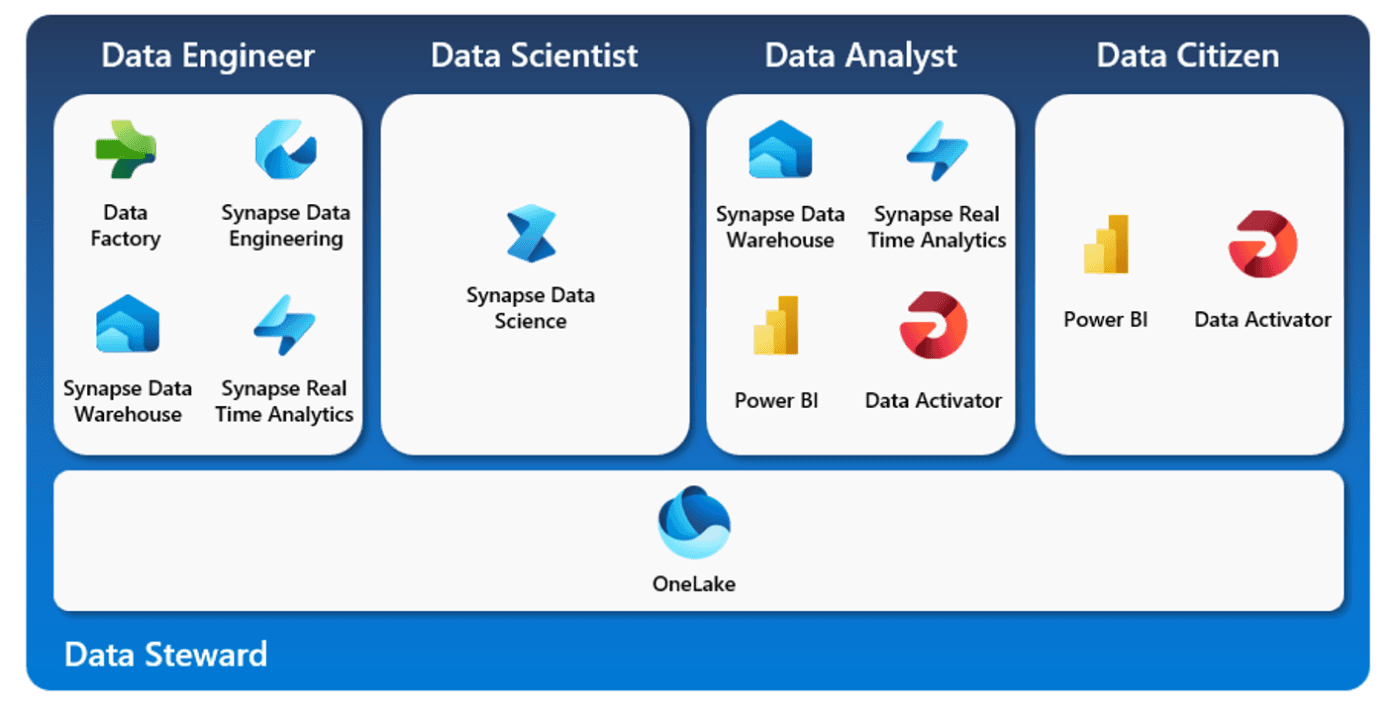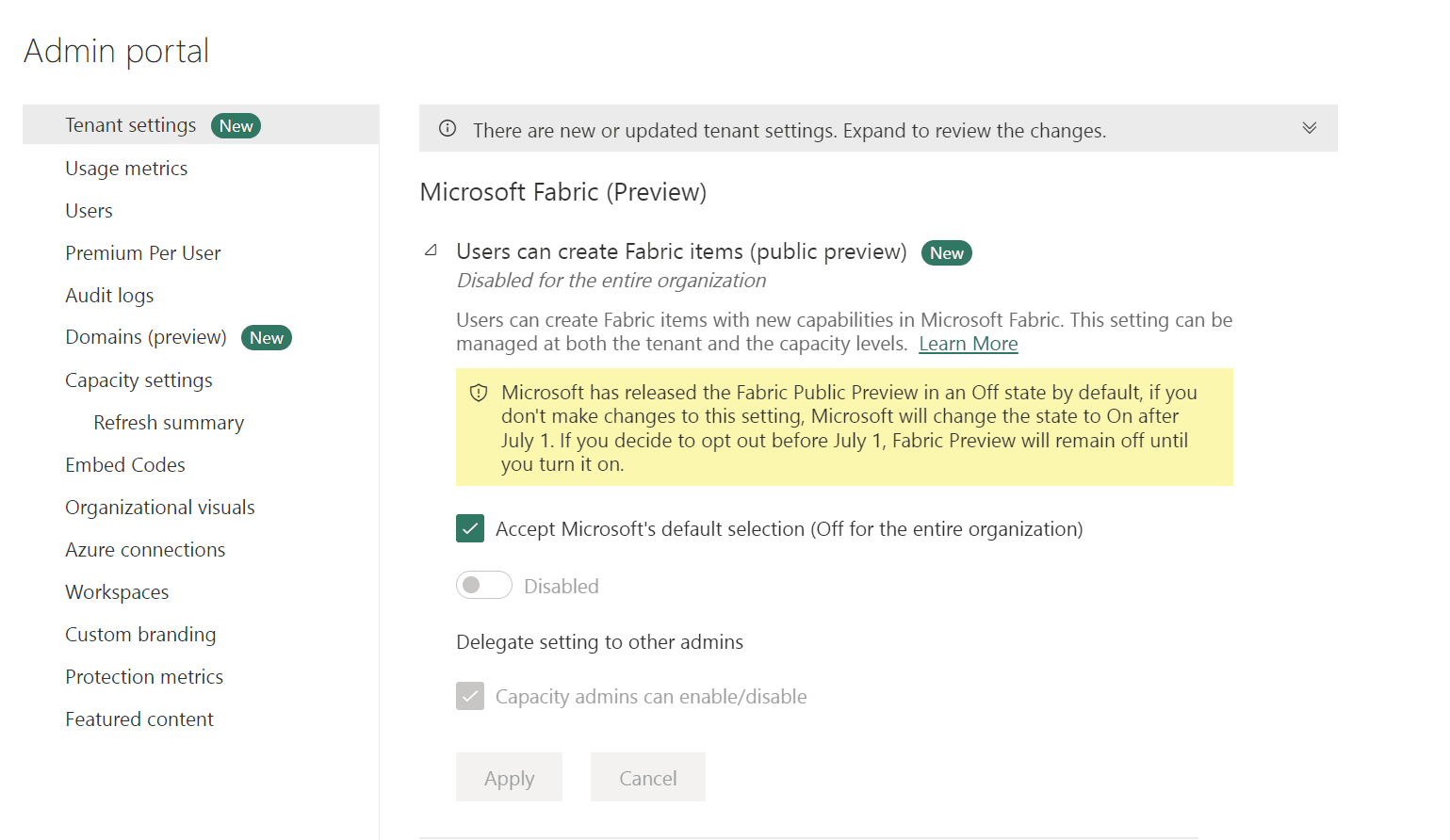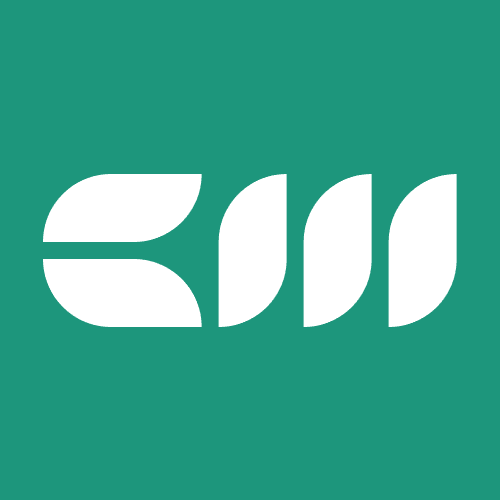Microsoft Fabric and Azure
Written By: Sajagan Thirugnanam and Austin Levine
Last Updated on October 1, 2024
In the vast landscape of technology, Microsoft has continuously been at the forefront of innovation. One of its remarkable advancements is Microsoft Fabric—a groundbreaking concept that promises to reshape the future of connectivity and revolutionize the way we interact with technology. By seamlessly interconnecting devices, services, and data, Microsoft Fabric sets the stage for a more integrated and intelligent world. In this article, we will delve into the intricacies of Microsoft Fabric and explore its potential to shape a new era of connectivity and innovation.
What does Microsoft Fabric do?
At its core, Microsoft Fabric represents a vision to unify various aspects of technology and create a harmonious ecosystem. It leverages cutting-edge technologies such as cloud computing, artificial intelligence, and the Internet of Things (IoT) to weave together devices, applications, and data into a seamless fabric of connectivity. It is in general an all in one solution for organizations that cover all the analytics spectrum, such as data science, data warehousing, BI and more. Instead of, having different vendors that provide your organization with different service, you will only need one tool for all your analytics needs.
What does Microsoft Fabric include?
Microsoft Fabric includes all the analytical tools that a developer needs such as :
Power BI ( read here for best practices of using Power BI )
Data Factory : cloud tool for ETL processes and data integrations ( more information here )
Data Warehouse : centralized repository for data from disparate data sources which gives high SQL performance and scalability
Data Engineering : tool for data transformation and democratization via OneLake ( more information here )
Data Science : the practice of extracting meaningful insights from data using AI
Real time Analytics : tool to help you analyze live streaming and semi structured data

What has changed with Microsoft Fabric?
Microsoft's rationale behind the development of Fabric revolves around the establishment of a centralized platform that encompasses a comprehensive suite of tools required for efficient data storage and analysis. Prior to the advent of Fabric, organizations seeking an end-to-end analytics solution, encompassing the entire spectrum from data warehousing to business intelligence tools, had to subscribe to disparate platforms and tools. However, Microsoft Fabric now provides a unified offering, encompassing all the requisite analytics tools required by companies.
How can someone access Microsoft Fabric?
Microsoft Fabric will be available from July 1st 2023 to all Power BI tenants. Nevertheless, there is an option to access it instantly through your Power BI admin portal. All you need to do is to go to the admin portal and turn on Fabric tenant.

Overall, Microsoft Fabric represents a powerful vision for the future, where connectivity and innovation seamlessly intertwine to enhance our daily lives. By weaving together devices, applications, and data, Microsoft Fabric opens up a world of possibilities, transforming the way we interact with technology.
Related to Microsoft Fabric and Azure

